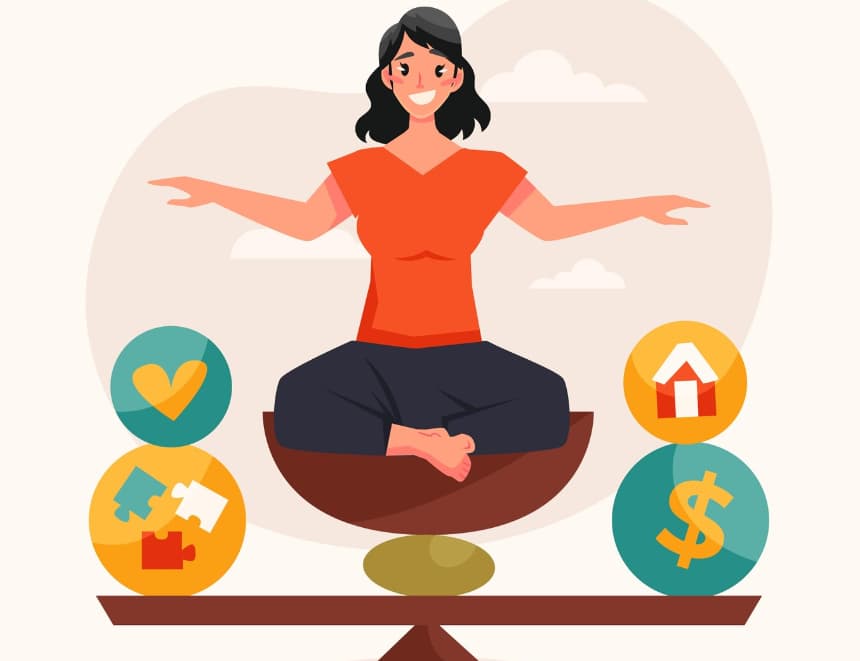Ever wonder how life changes between your late twenties and late thirties? The comparison between 38_adult exp m/o vs 28 adult exp m/o offers fascinating insights into how we grow and change during these crucial years.
Think of these ages as two different stations on life’s journey – each with its unique view of the world.
While both groups are adults, they often see life through very different lenses, shaped by their experiences, responsibilities, and dreams.
38_adult exp m/o vs 28 adult exp m/o

In this comprehensive guide, we’ll explore what makes these age groups tick, from how they handle money to how they build relationships.
The 38_adult exp m/o vs 28 adult exp m/o comparison isn’t just about numbers on a birthday cake – it’s about understanding the real changes that happen in some of life’s most transformative years.
Whether you’re studying these groups for research, business, or personal insight, this guide will help you understand the key differences and similarities between these two important life stages.
What is 38_adult exp m/o vs 28 adult exp m/o?
Let’s start by understanding exactly what we mean when we talk about these two age groups.
This comparison looks at two distinct adult life stages:
The 38-Year-Old Profile:
- Generally established in a career
- Often has significant life experience
- Usually has clearer life goals
- Typically more settled in personal identity
The 28-Year-Old Profile:
- Often still exploring options
- Building initial life experience
- Goals may still be forming
- Identity might still be developing
Here’s a helpful comparison table to understand the basic differences:
| Life Aspect | 38-Year-Olds | 28-Year-Olds |
|---|---|---|
| Life Stage | Mid-life establishment | Early adult exploration |
| Decision Making | Experience-based | Discovery-based |
| Life Goals | More defined | Still forming |
| Responsibilities | Usually more established | Often developing |
| World View | More settled | More fluid |
Key Differences Between 38_adult exp m/o vs 28 adult exp m/o
Let’s dive deep into the major differences between these age groups:
Career and Professional Life
For 38-Year-Olds:
- Career Characteristics:
- Often in management positions
- Have developed expertise
- More likely to mentor others
- Focus on long-term career stability
- Professional Goals:
- Leadership advancement
- Work-life balance
- Building lasting impact
- Industry Recognition
For 28-Year-Olds:
- Career Characteristics:
- Building professional foundation
- Exploring different roles
- Learning from mentors
- Focus on skill acquisition
- Professional Goals:
- Skill development
- Network building
- Finding career direction
- Gaining experience
Financial Management
| Financial Aspect | 38-Year-Olds | 28-Year-Olds |
|---|---|---|
| Income Level | Usually higher | Building base income |
| Savings Focus | Retirement & children | Emergency fund & experiences |
| Investment Style | More conservative | More aggressive |
| Financial Goals | Wealth Building | Debt management & saving |
| Risk Tolerance | Generally lower | Usually higher |
Personal Development and Growth
38-Year-Olds:
- Focus Areas:
- Deepening existing skills
- Personal fulfillment
- Family Development
- Leadership growth
- Legacy building
28-Year-Olds:
- Focus Areas:
- New skill acquisition
- Self-discovery
- Career exploration
- Relationship building
- Identity formation
Implications of the 38_adult exp m/o vs 28 adult exp m/o Comparison
Understanding these differences has significant implications across various sectors:
Business and Marketing Impact
Product Development:
- For 38-Year-Olds:
- Focus on quality and durability
- Family-oriented features
- Time-saving solutions
- Premium options
- For 28-Year-Olds:
- Emphasis on innovation
- Social features
- Affordability
- Flexibility
Healthcare Considerations
| Health Aspect | 38-Year-Olds | 28-Year-Olds |
|---|---|---|
| Primary Focus | Preventive care | Active lifestyle |
| Health Concerns | Long-term wellness | Immediate fitness |
| Medical Visits | Regular check-ups | As-needed basis |
| Wellness Approach | Balanced & systematic | Dynamic & experimental |
Workplace Dynamics
Management Strategies for 38-Year-Olds:
- Leadership opportunities
- Work-life balance programs
- Family-friendly policies
- Career advancement paths
- Mentorship roles
Management Strategies for 28-Year-Olds:
- Skill development programs
- Flexible work arrangements
- Innovation opportunities
- Networking events
- Mentee programs
Examples of 38_adult exp m/o vs 28 adult exp m/o in Real Life
Let’s look at real-world scenarios that highlight these differences:
Living Arrangements
38-Year-Olds Typically:
- Own homes or are in the process of buying
- Have established households
- Focus on home improvements
- Consider school districts
- Plan for long-term residence
28-Year-Olds Often:
- Rent or share housing
- More mobile living situation
- Focus on location and amenities
- Value proximity to social scenes
- Open to frequent moves
Social Life and Relationships
| Social Aspect | 38-Year-Olds | 28-Year-Olds |
|---|---|---|
| Social Circle | Smaller, deeper connections | Larger, varied networks |
| Weekend Activities | Family-focused events | Social gatherings & Exploration |
| Relationship Goals | Building family life | Exploring partnerships |
| Friend Groups | Established & selective | Growing & dynamic |
Technology Usage
38-Year-Olds:
- Technology Habits:
- Practical app usage
- Work-focused tools
- Family organization apps
- Educational content
- Health tracking
28-Year-Olds:
- Technology Habits:
- Social media-heavy
- Entertainment apps
- Dating platforms
- Career networking tools
- Lifestyle apps
How to Address the Needs of 38_adult exp m/o vs 28 adult exp m/o
Supporting 38-Year-Olds
Professional Support:
- Leadership development programs
- Work-life balance resources
- Family support services
- Financial planning tools
- Health management systems
Personal Development:
- Family counseling services
- Stress management programs
- Time management tools
- Wellness programs
- Investment guidance
Supporting 28-Year-Olds
Professional Support:
- Career development resources
- Networking opportunities
- Skills training programs
- Mentorship matching
- Job search tools
Personal Development:
- Personal finance education
- Mental health resources
- Social connection platforms
- Fitness programs
- Life coaching services
Communication Strategies
| Aspect | For 38-Year-Olds | For 28-Year-Olds |
|---|---|---|
| Tone | Professional & Established | Dynamic & engaging |
| Content Focus | Value & stability | Growth & Opportunity |
| Message Style | Direct & practical | Innovative & Inspiring |
| Channel | Traditional & Digital | Primarily digital |
| Timing | Scheduled & predictable | Flexible & Immediate |
Additional Considerations for Both Age Groups
Life Transitions
38-Year-Olds:
- Common Transitions:
- Career Advancement
- Family expansion
- Property investment
- Health focus shift
- Retirement planning
28-Year-Olds:
- Common Transitions:
- Career establishment
- Relationship building
- Financial independence
- Identity formation
- Skill development
Mental Health and Well-being
| Aspect | 38-Year-Olds | 28-Year-Olds |
|---|---|---|
| Stress Sources | Family & career balance | Career & personal development |
| Support Needs | Family Counseling | Personal therapy |
| Well-being Focus | Long-term stability | Present growth |
| Common Challenges | Mid-life concerns | Quarter-life crisis |
Also Check:
- I’m a Friend of Mrs Lussick
- Lisa Ribitch 332 North Park Ct Martinez Ca 94553
- Shari Ann Chinnis Indianapolis
- Centerpieces at Wedding Receptions NYT
Conclusion:
The comparison between 38_adult exp m/o vs 28 adult exp m/o reveals fascinating insights into how we develop and change through our adult years.
Each age group brings its strengths and faces its challenges:
38-Year-Olds Bring:
- Depth of experience
- Established stability
- Clear life direction
- Balanced perspective
- Wisdom from past choices
28-Year-Olds Offer:
- Fresh perspectives
- Adaptability
- Innovation potential
- Growth mindset
- Dynamic energy
Understanding these differences helps us create better:
- Support systems
- Products and services
- Workplace environments
- Educational programs
- Healthcare approaches
Remember that while these patterns are common, individual experiences may vary significantly.
The key is using this understanding to create inclusive environments that support both age groups in their unique life stages.
Whether you’re working with these age groups professionally or simply trying to understand your life stage better, recognizing these differences can lead to more effective communication and support strategies.
The journey from 28 to 38 represents a significant decade of growth and change in adult life.
By understanding and appreciating the unique characteristics of each age group, we can better support individuals through these important life stages and create more effective solutions for their varying needs.



